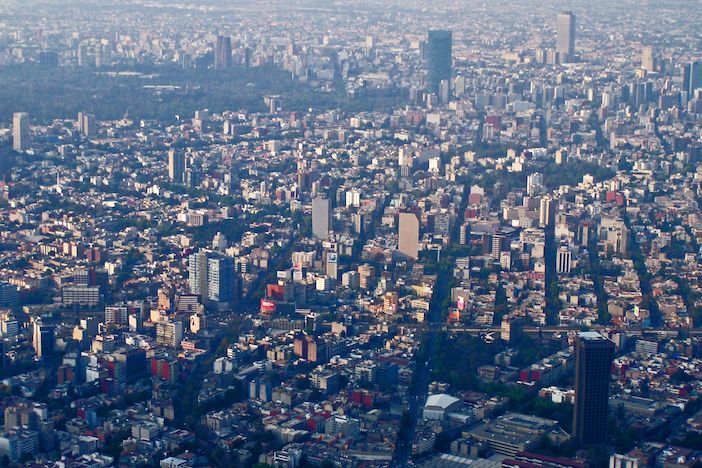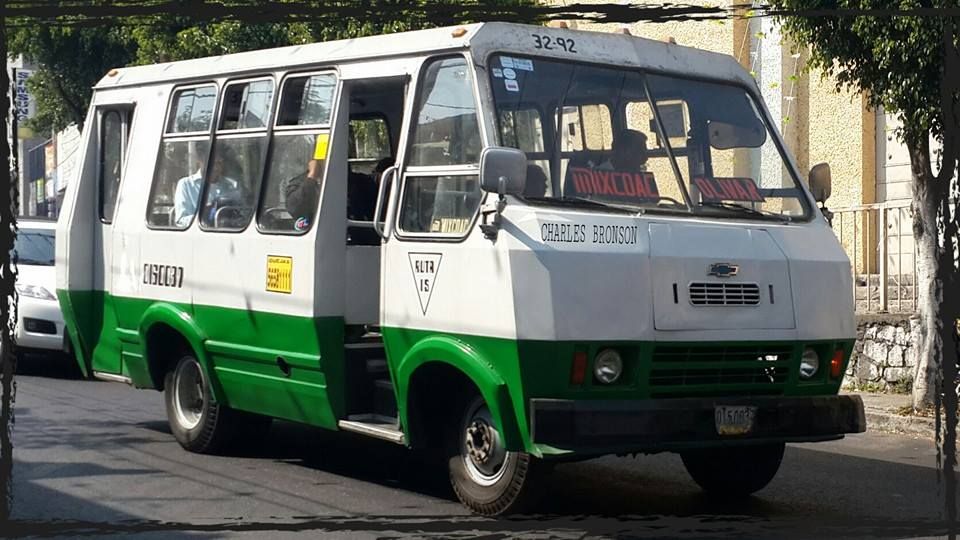In developing cities around the world public transit is supplemented by informal, privately-owned, shared-mobility services, usually in the form of mini-buses. But how can locals and visitors make sense of such an ad hoc system? Devin de Vries, CEO and co-founder of WhereIsMyTransport, explains the challenges and how his company’s technology can help to overcome them.
As more and more countries open up to travelers again, cities around the globe will see an influx of tourists. And while many of them will stick to the tried and tested hotspots, others will take a more mindful approach, immersing themselves in a destination by connecting with local people, culture, and practices.
A key part of that is using public transport. Every day, billions of people in the Majority World rely on public transport to get them from home to work, school, and anywhere else they need to go. But the public transport networks in these markets are often far more complex and challenging to navigate than their developed world counterparts, bringing together formal and informal networks. In fact, for 80% of the urban population in the emerging world’s largest cities, informal public transport is the primary way of getting where you need to go. Public transport users in these markets also spend an average of five hours commuting every day.
As such, even people who’ve lived in these cities their whole lives can struggle to find information on the most efficient routes and methods of transport, never mind people visiting for the first time. Solving that challenge means producing as much data as possible, bringing information from the complete network together – every mode of public transport, every operational style – and adding additional layers such as points of interest, service alerts, and community-contributed data to create real-world solutions.

Navigating Mexico City
Few cities embody this public transport challenge like Mexico City. With a population of nearly 9 million (growing to 22 million if you include people who live in the surrounding areas) and an area of 1,485 km², the world’s fifth largest city is also among the most congested.
A wide range of public transport options, from government-run metro and bus systems to flexible and semi-flexible modes, known locally as colectivos, serve the population. The city’s many thousands of colectivos– microbuses, camiones, and combis – are smaller, privately owned vehicles run by independent operators under government concession. The network of colectivos is over 10 times the size of the formal system, making them critical to making Mexico City functional.
The challenge is that colectivos run on flexible routes and timetables, making it unpredictable to get around. It’s also worth bearing in mind that the public transport network in its entirety can be impacted by external events. In the past two years, Mexico City has faced two major events that had a massive impact on the public transport system. First, the COVID-19 pandemic impacted demand, resulting in colectivos adjusting routes to both maintain profitability and continue to serve commuter needs. Second, a fire in January 2021 temporarily shut down parts of the city’s extensive metro system, creating additional demand for the operational public transport network that remained as commuters sought out journey alternatives.

Recognizing the need to address both the micro and macro challenges faced by commuters, we recently launched Rumbo, an Android app that leverages WhereIsMyTransport’s unrivalled mobility data production capabilities to deliver network information from every mode of public transport.
The consumer-friendly app delivers alerts and journey alternatives from all modes of public transport – over 2,400 routes in Mexico City – powered by WhereIsMyTransport’s comprehensive mobility data. Local teams work on the ground in the city, maintaining data accuracy, and managing an up-to-the-minute alerts service on all modes, informed by 24/7 social listening. Since launching in November 2020, Rumbo has reached more than 100,000 users in Mexico City and shared over 750,000 real-time network disruption alerts with users. That information allows people to make informed decisions that can get them where they need to go quicker and more safely.
With expansion underway in other Majority World cities, including a June launch in Lima, Rumbo is set to become a vital tool for getting around these locations for both locals and tourists in much the same way as Citymapper is in London and Transit is New York.
A new way of traveling
Travel is no longer a manic race to visit as many places as possible in the shortest period of time, but a cultural immersion that has a long-lasting impact. Thanks to apps like Rumbo, travelers will be able to experience full cultural immersion and wander without getting lost.
As the world recovers from the economic devastation of the past 18 or so months, that can only be a good thing.





